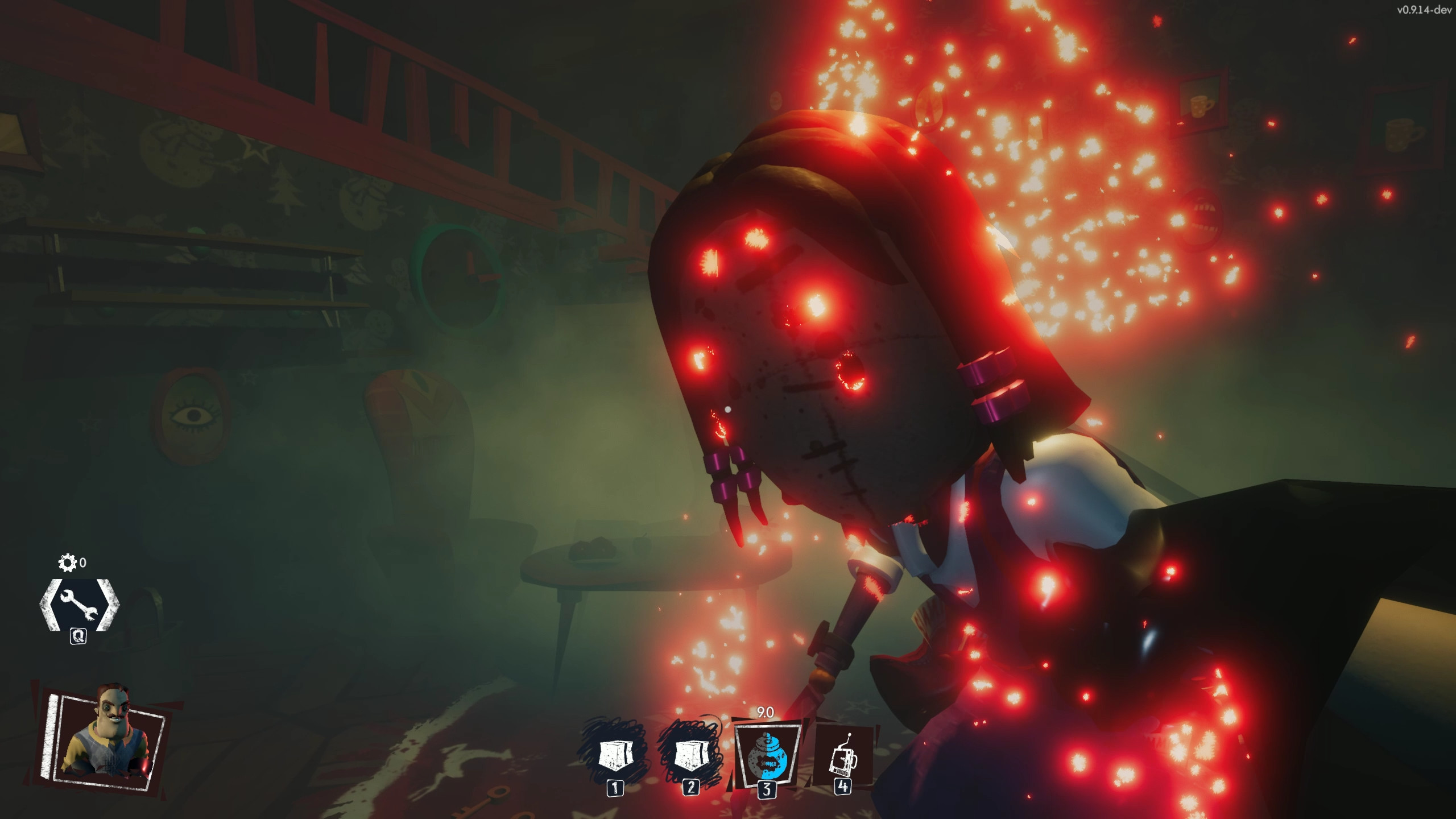

The confused wife, seeing two men run out instead of one, repeatedly exclaimed in Arabic – “Hattet wahed, talaet tneen” (حطت واحد طلعت اثنين,) meaning, I put in one and two came out. On the count of three, they kicked the jar open, and hand in hand, they ran out as fast as they could. Realizing they would soon be caught, the lover and the thief decided to escape. His wife tried to convince him not to, but he kept walking. The husband, hungry for bread, began approaching the jar. When the husband approached the house, the lover hid in the same jar as the thief and was startled to see he had company.

The two people were the homeowner’s wife and her secret lover. He had been a poor man when he broke into a house to steal bread, two people walked in, so he hid in a large clay jar. These stories were about his life back in the village. My great-grandmother remembered a man who used to tell children comical stories while they were being exiled. Most of my great-grandmother’s stories were either abstract or comical, which does not come as a surprise, considering trauma can make one dissociate from emotions that are too extreme to handle dissociation and humor are coping mechanisms. That story was one of very few examples that voiced the trauma. It was the beginning of the Armenian Genocide. This was only the beginning of the traumatizing events during that period of my great-grandmother’s life. My maternal great-grandmother Marie Minasian Pilavjian with my grandmother Armenouhi Pilavjian, circa 1940

When the grandmother yelled, “Aman tornigs, aman, aman!” (Oh my grandchild, oh, oh), an officer grabbed his knife and cut her tongue off. So they grabbed her grandchild, ripped him open and threw him on the ground. Three officers had entered her neighbor’s front yard and demanded she tell them where her son was. This happened when my great-grandmother still lived in Kilis, Western Armenia, as a small child before the exile. She told me how her mother, Marie Minasian Pilavjian, described having witnessed a Turkish officer take an Armenian toddler by the legs and rip the poor child open. My maternal grandmother Armenouhi Pilavjian is a daughter of genocide survivors. When anyone in our family in the Netherlands complained about their health, she would respond, “I wish I were in our mountains I would find the right plant to make you better.” I wish she could have returned to her mountains so that she could heal, like a root put back into its soil, ready to have a purpose again. She was known to be an intelligent woman.

My father’s grandmother, who witnessed the Armenian Genocide, used to practice herbal healing. We are like a flower being plucked off its roots and put into a vase with water it cannot hold its initial state from nature and maintains its bright colors for merely a few days until that which defines its beauty no longer exists. We are losing our powerful skeleton for a resilient identity like an animal breed living outside its natural habitat, kept by others to consequently end up with future generations having less defined characteristics. Future generations are losing the power and the sense that they have firm roots as descendants of people who have left their mark on a specific soil, among specific people. Unfortunately, we are currently like fish in a bowl instead of the sea. My ancestors had a sense of national authority in the Armenian mountains. My father told me that my great-grandfather Sipan Sepoyan was a clan leader in Western Armenia. My paternal great-grandfather Sipan Sepoyan


 0 kommentar(er)
0 kommentar(er)
